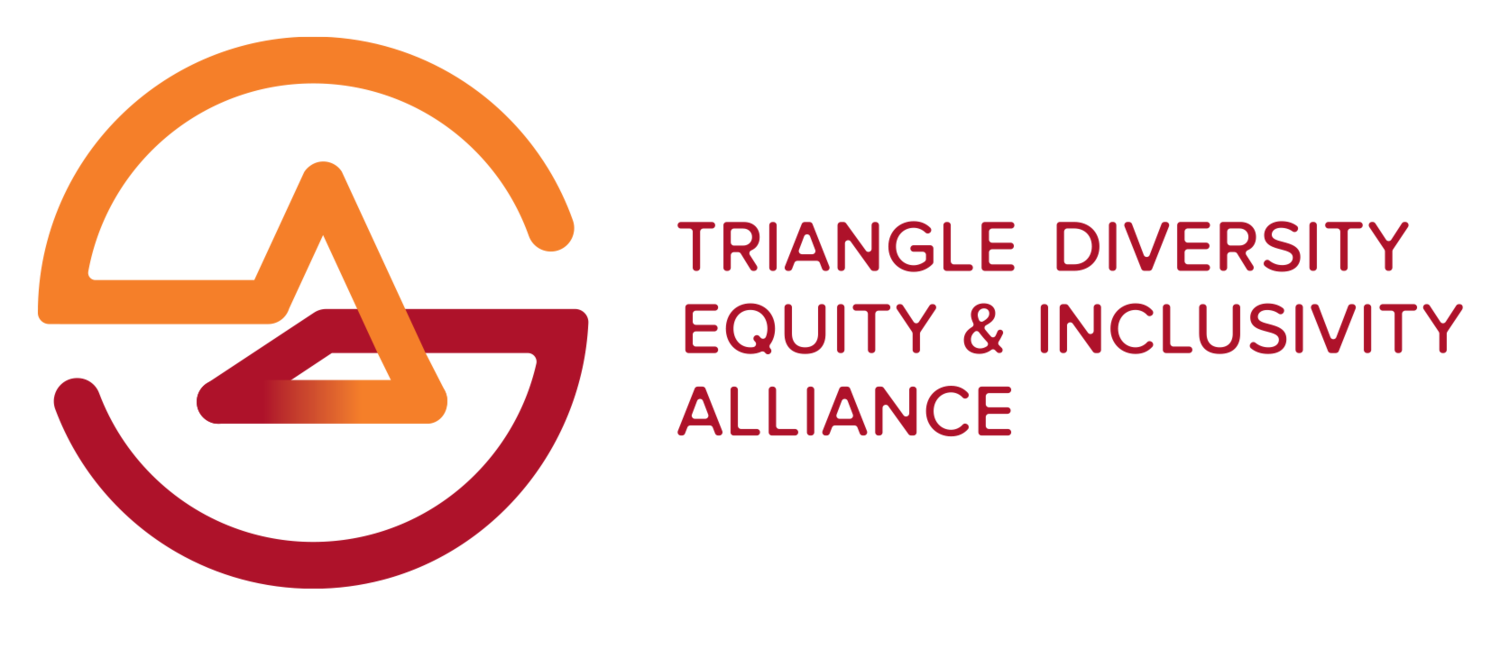Systemic Racism In Society
Systemic racism persists throughout all aspects of our community.
Click the bolded text in each category for sources and more information.
Wealth
The implications of slavery, red-lining, and mass incarceration all show up in the massive disparity in wealth we see today. How massive? By 2020, median White households are on track to own 86 and 68 times more wealth, respectively, than Black and Latino households. Additionally, for every $100 white families earn in income, black families earn just $57.30.
Employment
The black unemployment rate has been consistently twice that of the white unemployment rate over the past 60 years, no matter what has been going on with the economy - whether it’s been up or down. Additionally, when African American workers lose a job, they have to search nearly five weeks longer than a similarly qualified white person.
Education
Throughout all age groups, black students are three times more likely to be suspended than white students, even when their infractions are similar. Additionally, black workers with college degrees are twice as likely to be unemployed as all other graduates. That may be because, as one study found, job applicants with white-sounding names get called back about 50% more of the time than applicants with black-sounding names, even when they have identical resumes.
Criminal Justice
Although black people make up 13% of the population, they represent about 40% of the prison population. If a black person and a white person each commit a crime, the black person has a better chance of being arrested. Once arrested, black people are convicted more often than white people. When black people are convicted, they are about 20% more likely to be sentenced to jail time, and typically see sentences 20% longer than those for white people who were convicted of similar crimes.
Surveillance
More than half of all young black Americans know someone, including themselves, who has been harassed by the police. Statistics also show that black drivers are about 30% more likely than white drivers to be pulled over by the police.
Housing
During the housing shortage in the 1930s, the government’s efforts were focused on providing housing to white families. Black people were left out of the new suburban communities and pushed instead into urban housing projects. The process is known as redlining essentially barred black people from sharing in the American Dream and building wealth like their white counterparts. A study demonstrated that people of color are told about and shown fewer homes than white people. Black ownership is now at an all-time low: 42%, compared to 72% for white ownership.
Healthcare
A 2012 study found that a majority of doctors have “unconscious racial biases” when it comes to their black patients. Black Americans are far more likely than white Americans to lack access to emergency medical care. The hospitals they go to tend to be less well funded, and are staffed by practitioners with less experience. But even black doctors face discrimination: they are less likely than their similarly-credentialed white peers to receive government grants for research projects. Facing a lifetime of racism also leaves African Americans vulnerable to developing stress-related health issues that can lead to chronic issues later in life.







